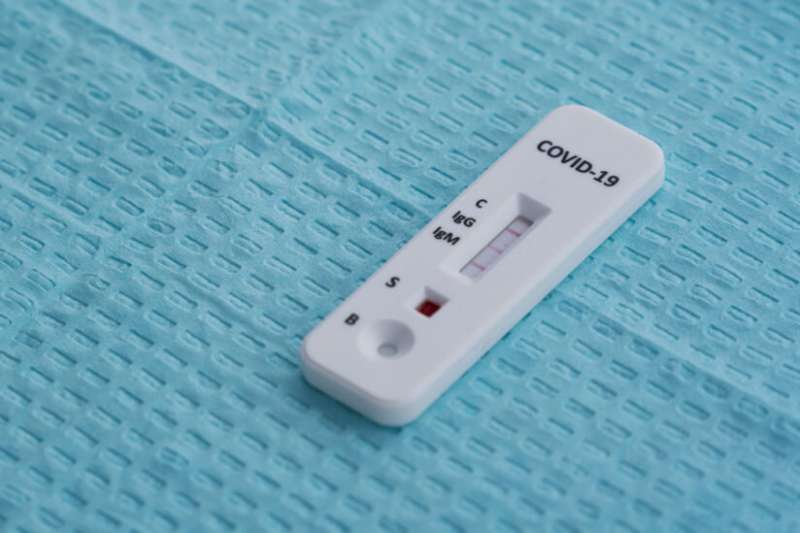Based on the results of the first round of testing, the research team estimates that approximately 4.65% of the county’s adult population has an antibody to the virus. Credit: Kit Karzen
Results from the first phase of a COVID-19 antibody study in Los Angeles County have been published today in JAMA, the Journal of the American Medical Association.
After testing a community sample of residents for antibodies to the new coronavirus, researchers with USC and the Los Angeles County Department of Public Health calculated that many more individuals in L.A. County had SARS-CoV-2 antibodies—a sign of a past infection—than previously thought. However, most people in the L.A. region have not been infected.
The researchers estimate that approximately 4.65% of the county's adult population has contracted the new coronavirus. As with all statistical estimates, there is a range of uncertainty or margin of error. The analysis suggests that the fraction of adults in Los Angeles who contracted the novel coronavirus could range from as low as 2.5% to just over 7%. The results verify preliminary results that had been released last month.
"The number of confirmed COVID-19 cases is a poor proxy for the extent of infection in the community," said lead investigator Neeraj Sood, professor at the USC Price School for Public Policy and senior fellow at the USC Schaeffer Center for Health Policy and Economics. "We need to update models and forecasts based on new evidence. We're still far away from herd immunity or the end of the epidemic. We need to look at a longer time horizon when evaluating policy decisions."
Herd immunity can disrupt an infection's spread. It occurs when a large percentage of people have developed antibodies. Experts believe that herd immunity to the coronavirus would occur when at least 60% of people have antibodies either through vaccination or past infection.
The study's estimated infection rate also indicates that the fatality rate and the rate of hospitalizations are likely lower than rates based on official, confirmed case counts.
COVID-19 antibody study: methods and results
To conduct the study, the researchers used a proprietary database maintained by LRW Group, a market research firm. A random sample of residents was invited via email and phone calls, with quotas for enrollment based on age, sex, race and ethnicity. Participation was restricted to one adult per household.
Over the course of four days, the researchers successfully tested 863 adults using a COVID-19 antibody test from Premier Biotech. Of the participants, 60% were women, 55% were aged 35 to 54 years old, 58% were white, and 43% had yearly household incomes greater than $100,000. Several participants reported that they had experienced symptoms of COVID-19 infection in the past 12 months: 13% reported that they had a fever with cough, 9% had a fever with shortness of breath and 6% had loss of smell or taste.
Researchers analyzed the results to account for the accuracy of the tests as well as the demographics of the participants.
Sood pointed out two important caveats: One, the results may have been skewed by an overrepresentation of people who experienced COVID-like symptoms in the past, potentially driving the number of positive tests up. Second, Sood emphasized that there's not one infection rate for the state or for the entire country. Infection rates vary by geography, income, race, ethnicity and neighborhood.
"If you really want to understand what's happening in your community, you need to do the study in your community," he said.
In addition, the authors noted that prevalence estimates could change with new information on the accuracy of test kits used.
The study is ongoing. Researchers and the county plan to conduct additional rounds of testing.
More information: Neeraj Sood et al. Seroprevalence of SARS-CoV-2–Specific Antibodies Among Adults in Los Angeles County, California, on April 10-11, 2020, JAMA (2020). DOI: 10.1001/jama.2020.8279
Journal information: Journal of the American Medical Association
Provided by University of Southern California
























